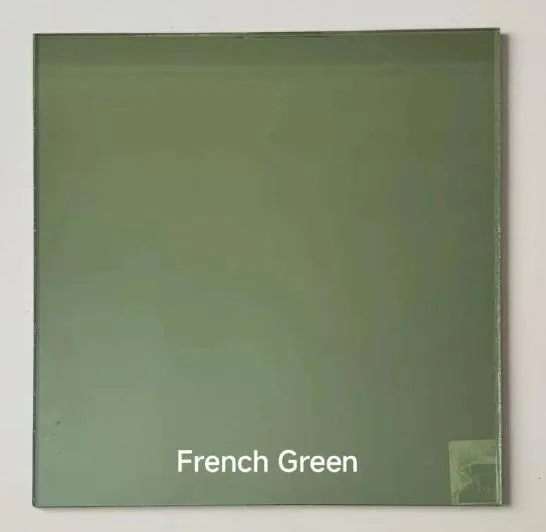Float glass is a cornerstone in modern architecture and manufacturing. Its adaptability and versatility make it a material of choice for a wide range of applications. Manufacturers have refined its production over decades, resulting in different types tailored for specific uses. Understanding these variants is crucial for selecting the right kind of glass for your project, ensuring optimal performance and durability.

The most common type of float glass is clear float glass. Known for its high optical clarity and smooth surfaces, it is manufactured by floating molten glass on a bed of molten tin, producing perfectly flat and uniform sheets. Due to its transparency and strength, it is a preferred choice in windows, storefronts, and automotive applications. Its ability to allow maximum light transmission while providing a clear, unobstructed view is unsurpassed.
Tinted float glass is another popular variant, offering both aesthetic and functional benefits. By adding metal oxides during the production process, manufacturers produce glass in various colors such as bronze, green, and blue. These tints reduce glare and heat gain from sunlight, making them ideal for energy-efficient building designs. The additional layer of UV protection also prolongs the lifespan of interiors by minimizing fading of furnishings.

Safety and security are critical concerns that have driven the evolution of float glass into laminated and tempered forms. Laminated float glass features multiple layers bonded together with polyvinyl butyral (PVB) or other resilient materials. This makes it highly resistant to impact, as the film holds shattered pieces together, reducing the risk of injury. Laminated glass is extensively used in car windshields, skylights, and in buildings where safety is paramount.
Tempered float glass undergoes a thermal treatment that significantly enhances its strength compared to standard glass. It is designed to withstand impact and temperature fluctuations, making it an excellent option for safety-glazing applications such as shower doors and glass doors. When broken, it shatters into small rounded pieces that are less likely to cause harm, adding an extra layer of safety.
types of float glass
For specialized needs, low-iron float glass offers exceptional clarity and no green tint typical of standard glass, making it perfect for applications where true color rendition is critical, such as display cases and solar panels. Its brilliant clarity enhances visibility and aesthetic appeal, making it a preferred choice in luxury settings.
Reflective float glass, with its metallic coating applied during production, reduces solar heat gain and glare while maintaining optimal light transmission. This makes it highly effective in creating comfortable indoor environments in regions with high sunlight exposure.
Advancements in float glass technology also include self-cleaning variants. These are coated with a special layer that breaks down organic matter and disperses water evenly, reducing maintenance efforts—a revolutionary option for high-rise buildings and structures with difficult-to-reach surfaces.
As industries push for greater sustainability, recycled float glass is gaining traction. It involves reprocessing glass waste into new float glass products, significantly reducing environmental impact. This eco-friendly option aligns with the growing demand for sustainable building materials, contributing to reduced carbon footprints.
Selecting the right type of float glass involves a comprehensive understanding of its properties and benefits. From architectural to functional applications, these glass variants offer solutions that enhance not only the aesthetic appeal but also energy efficiency and safety. Collaborating with knowledgeable suppliers and experts will ensure the best outcomes, making every project successful and sustainable.



